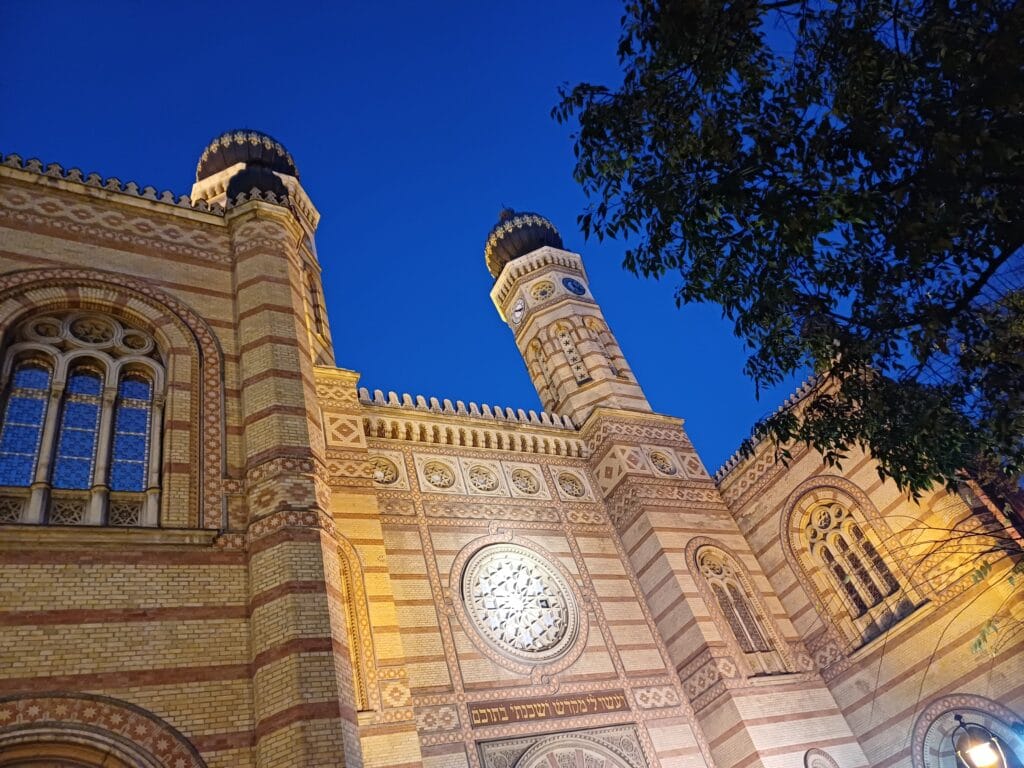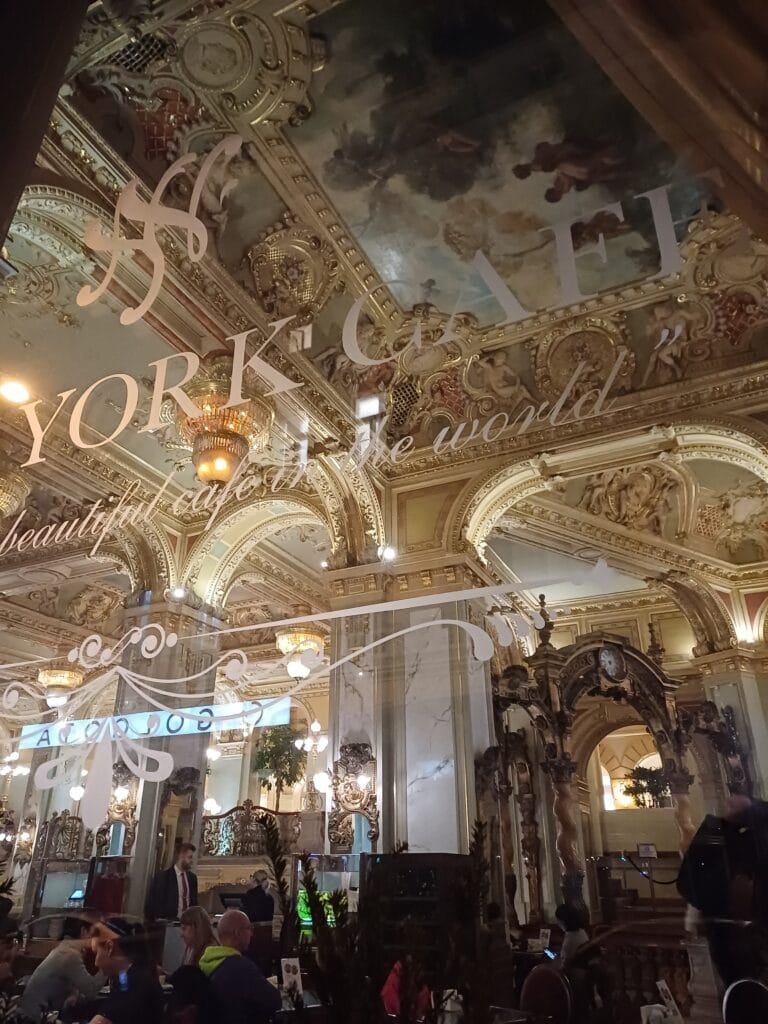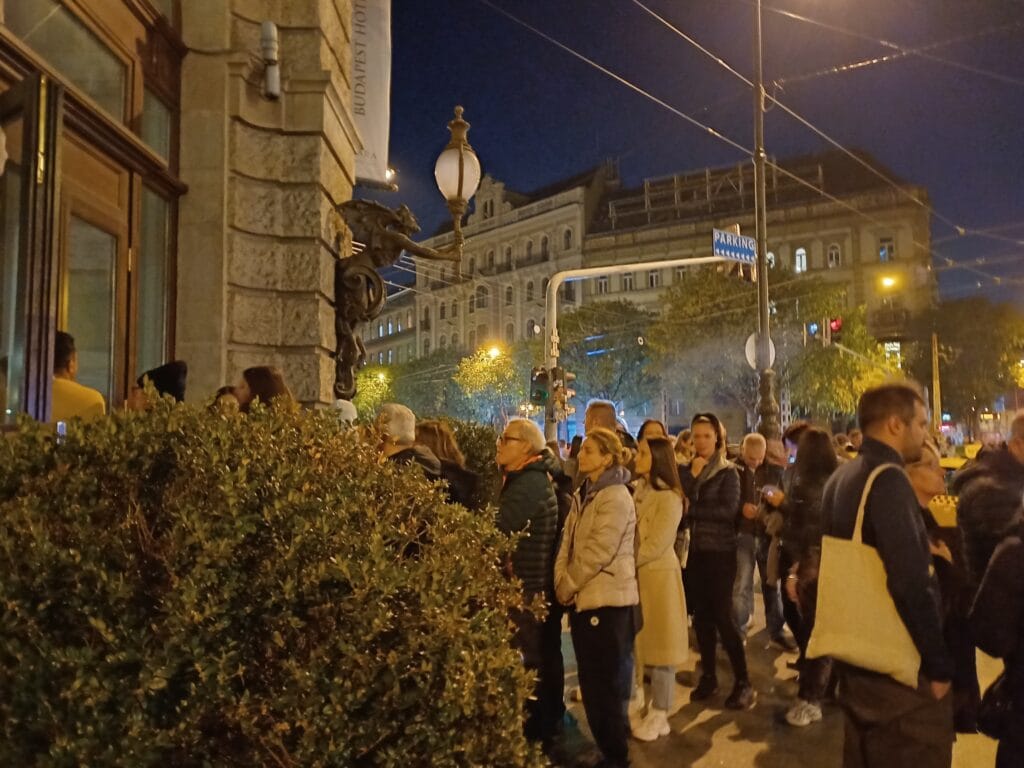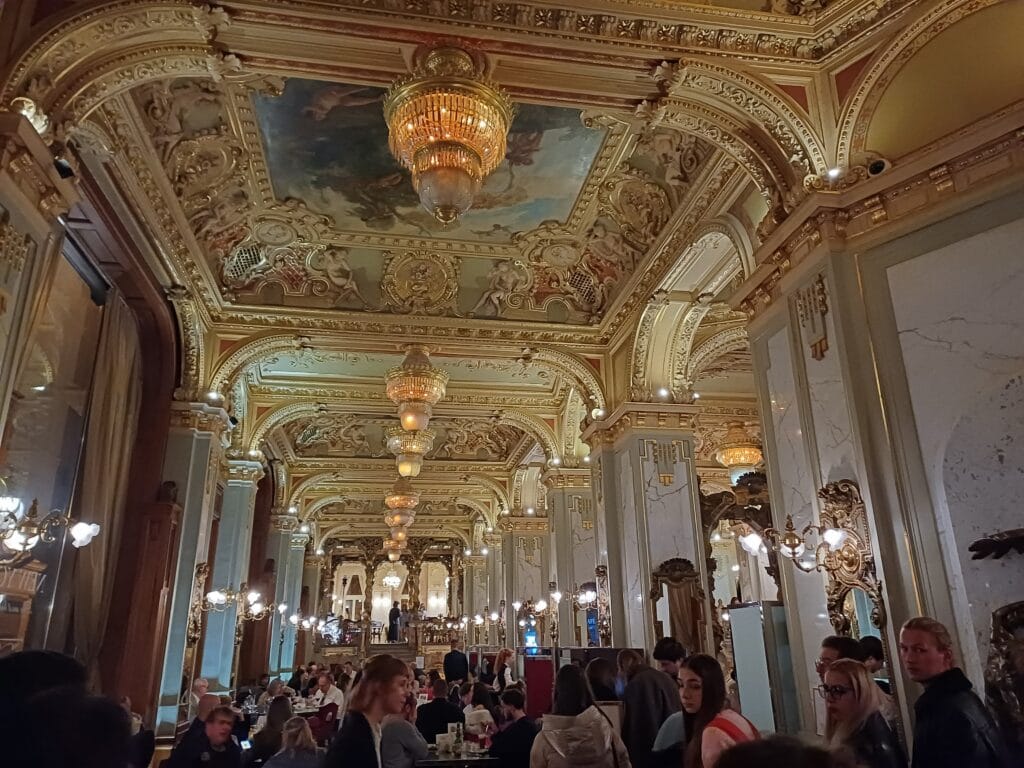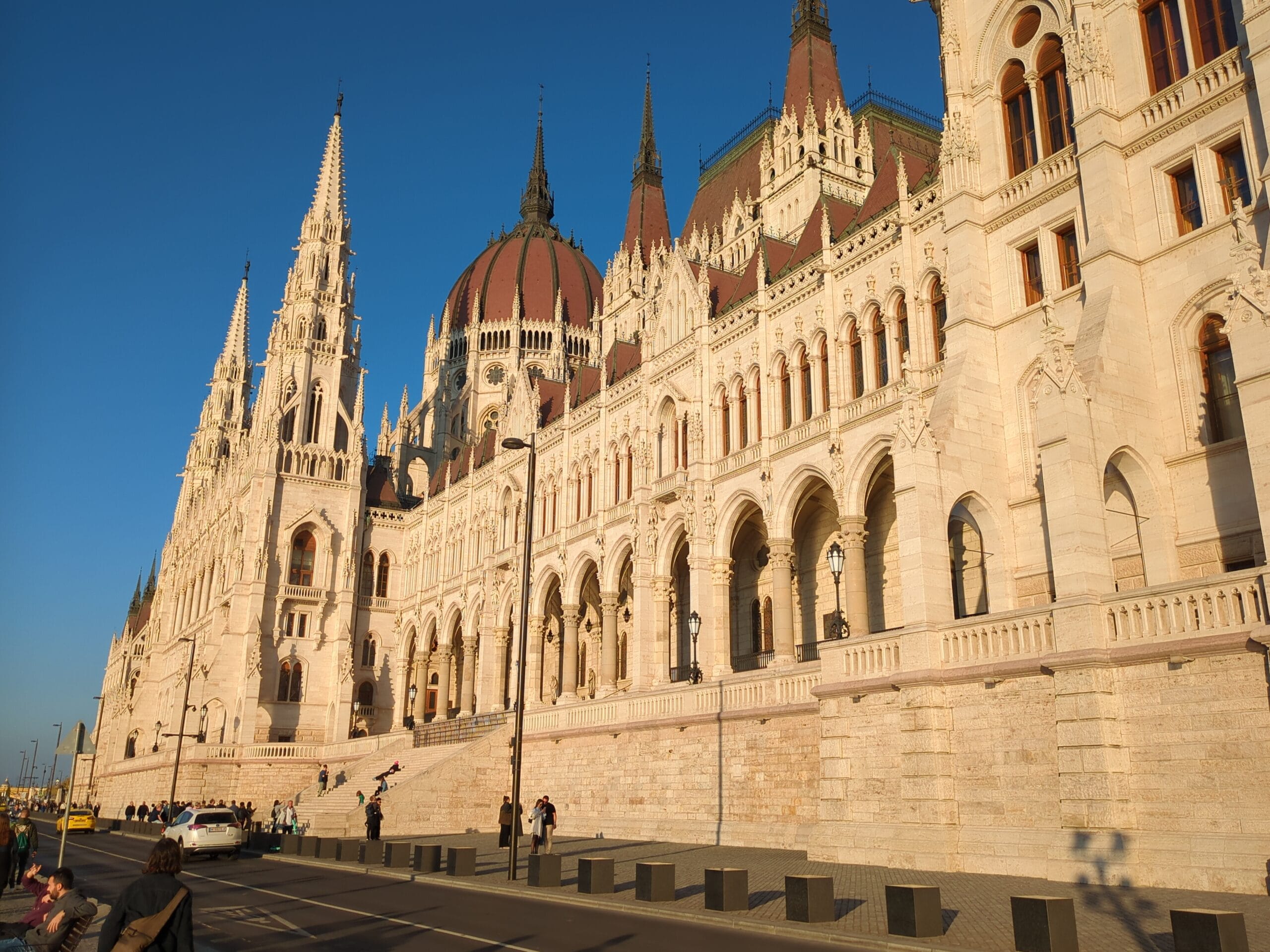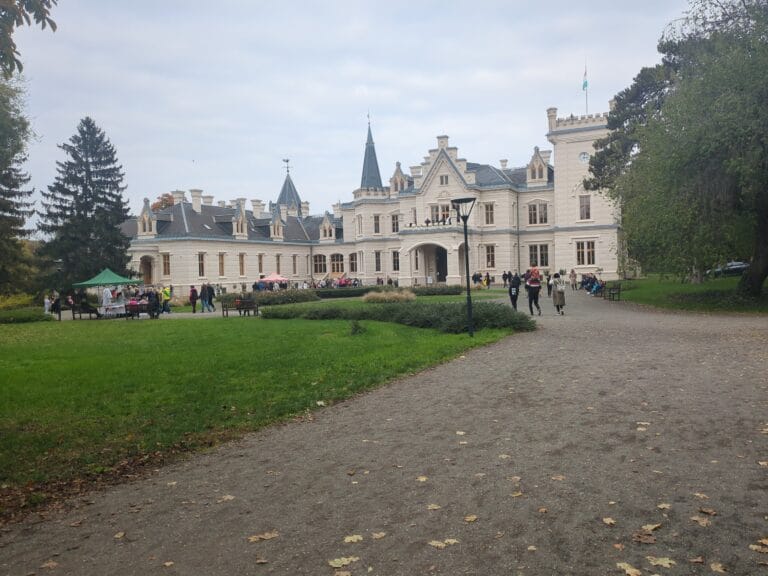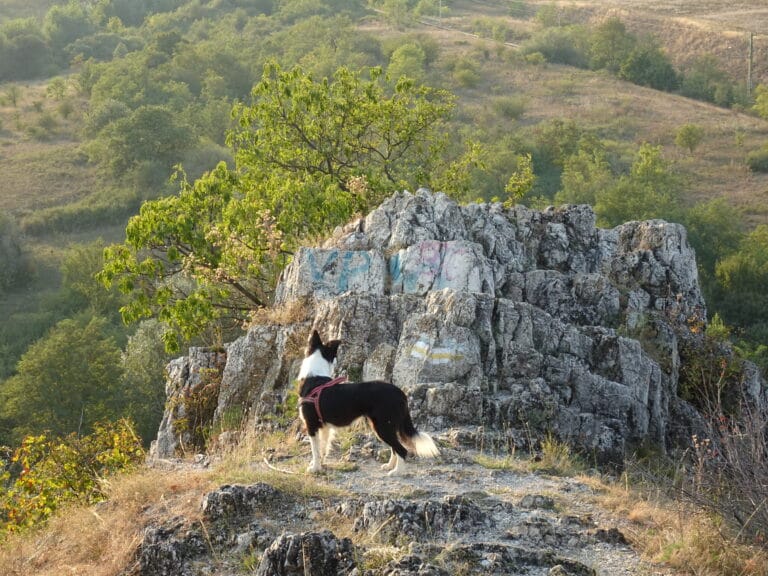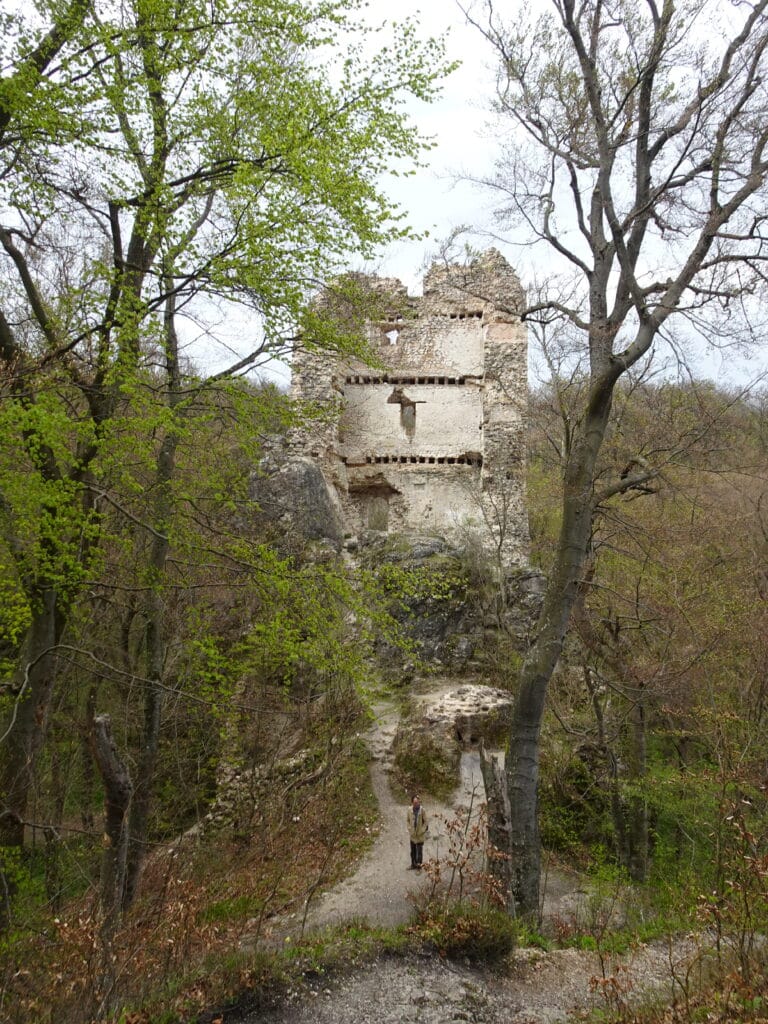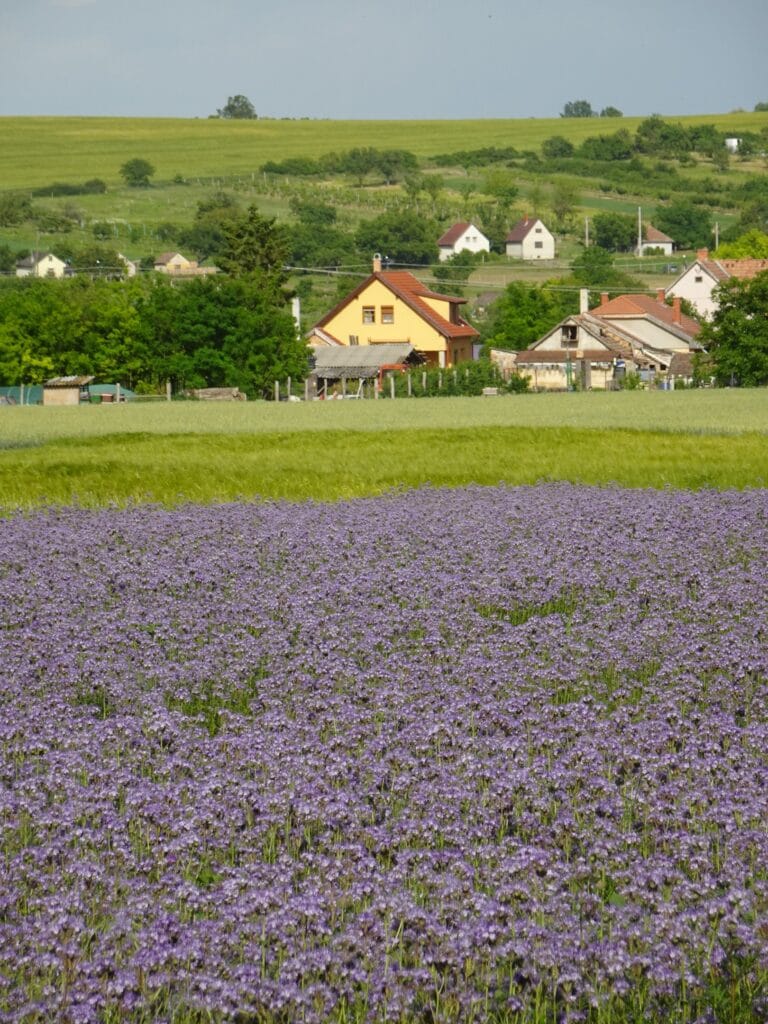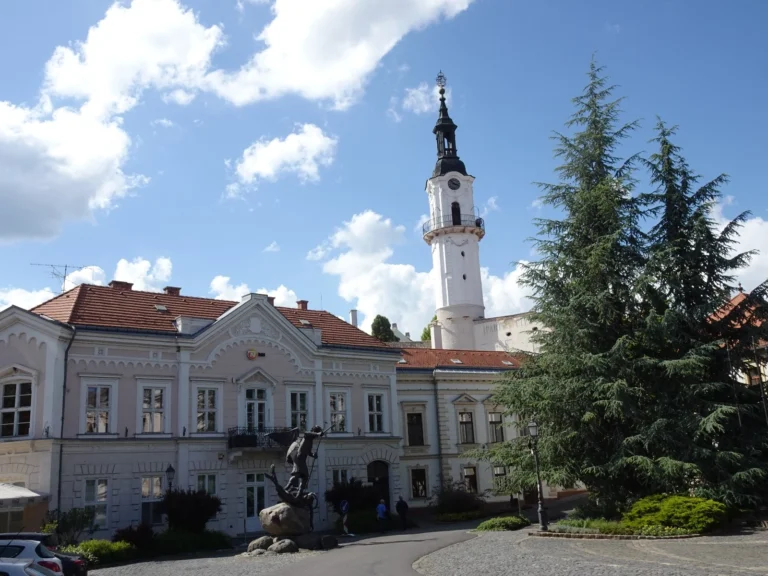Budapest
If anyone knows anything about Hungary, they have probably heard about its capital, Budapest. We had been there two years ago, and visited a shop or government building regularly in recent months, but it was high time to pay another tourist visit to our capital.
First some history. Budapest was formed in 1873 from the merger of two municipalities, Buda and Pest. Buda is located on the right bank (the Western side) of the Danube , and Pest opposite. Today, the city has about 1.7 million inhabitants, making it the 7th largest city in Europe. Despite its population, it is a very green city, containing a total of some 83 square kilometres of parks and forests.
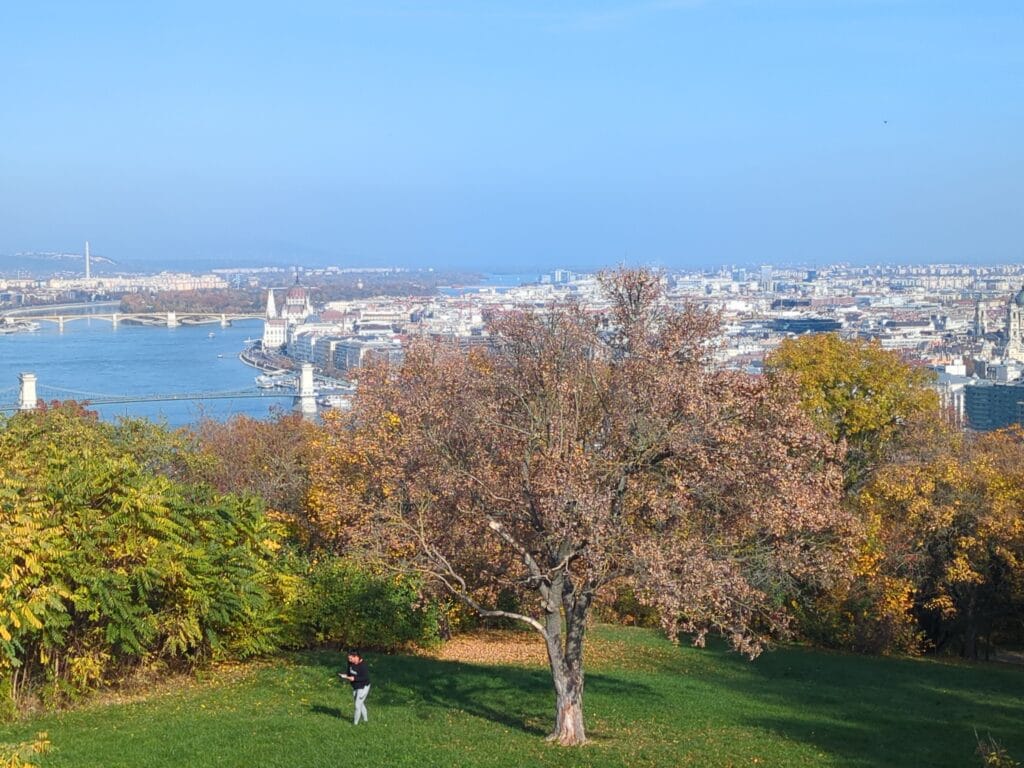
We started our walk in Buda. First, we climbed Gellért hill. This hill (235 metres high) is named after the saintly Italian Benedictine Gellért who was the spiritual adviser to the first Christian Hungarian king, and the patron saint of Hungary. It is a nice but sturdy climb from the waterfall at the Erzébet bridge to the citadel at the top. Unfortunately, the citadel is currently closed due to renovations, but the view above is no less spectacular.
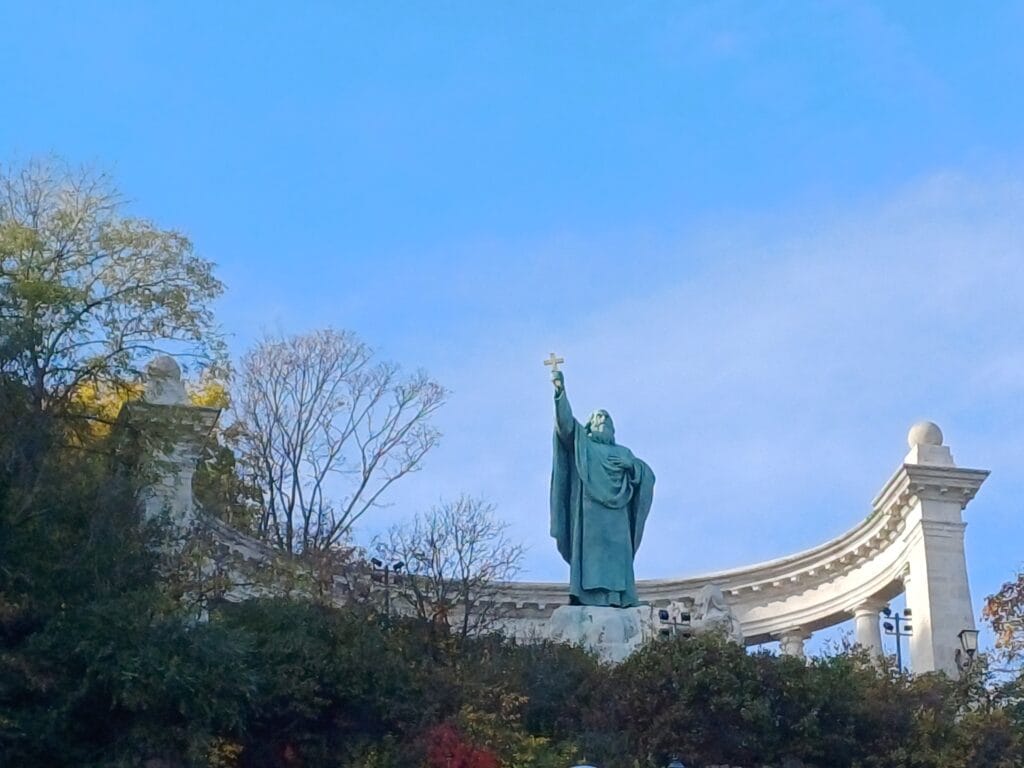
On the way down, we passed the Cave Church, among others, and a view of the Freedom Bridge.

We then took the tram to the next hill, Castle Hill. On which, indeed, stands Budapest Castle. But before arriving at the castle itself, we also had to stop at the beautiful Várkert Bazár. From there, there is an easy escalator to the castle itself.
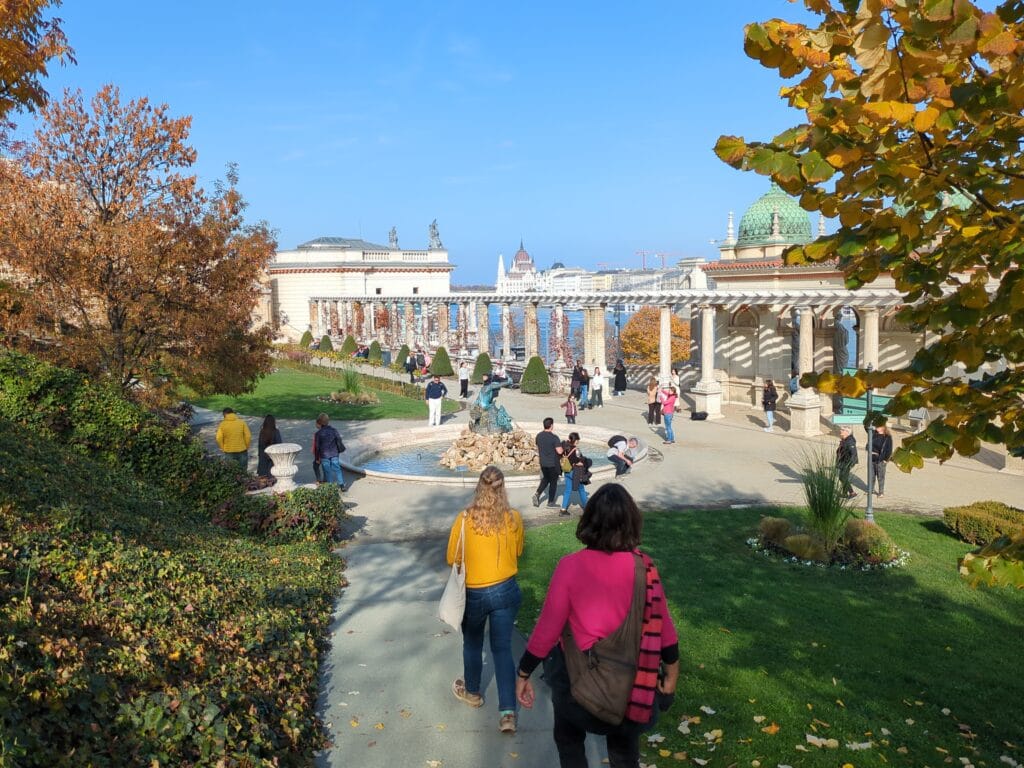
After a little walk around the streets around the castle and a bite to eat, we then arrived at the Fishermen’s Bastion and Matthias Church. One of Budapest’s tourist highlights. And although it was quite crowded there today (note to self: 1 November is a day off in many countries, and many people choose that day to visit the city), it is more than worth it. We usually think of fishermen as relatively simple and even poor people, but what their guild has achieved here is incredible.
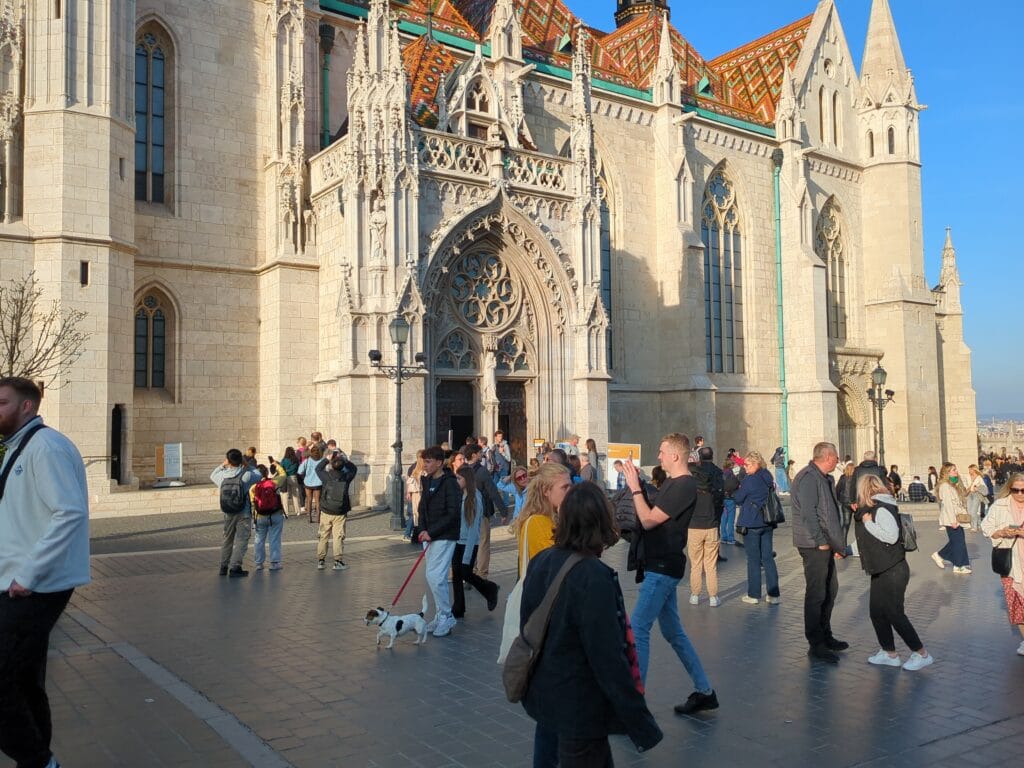
Then it was time to descend to the Danube, and cross over to Pest via the Chain Bridge, the oldest fixed link between the two banks. There, we first visited the Shoe Monument on the banks of the Danube, a memorial to the tens of thousands of Hungarian Jews murdered in World War II.


A little further on is Parliament. In Belgium it is sometimes referred to as ‘the Palace of the Nation’ – but here in Budapest they have taken that word ‘palace’ very literally. Covering 1 745 square metres, it is one of the largest parliament buildings in the world, and one of the most beautiful too.
We then moved on to St Stephen’s Basilica, where a pleasant surprise awaited us – because it was one November, the basilica was free to visit. This basilica, where the right hand of Saint King Stephen is kept, is simply impressive. Kilos of gold must have been used here to gild everything!
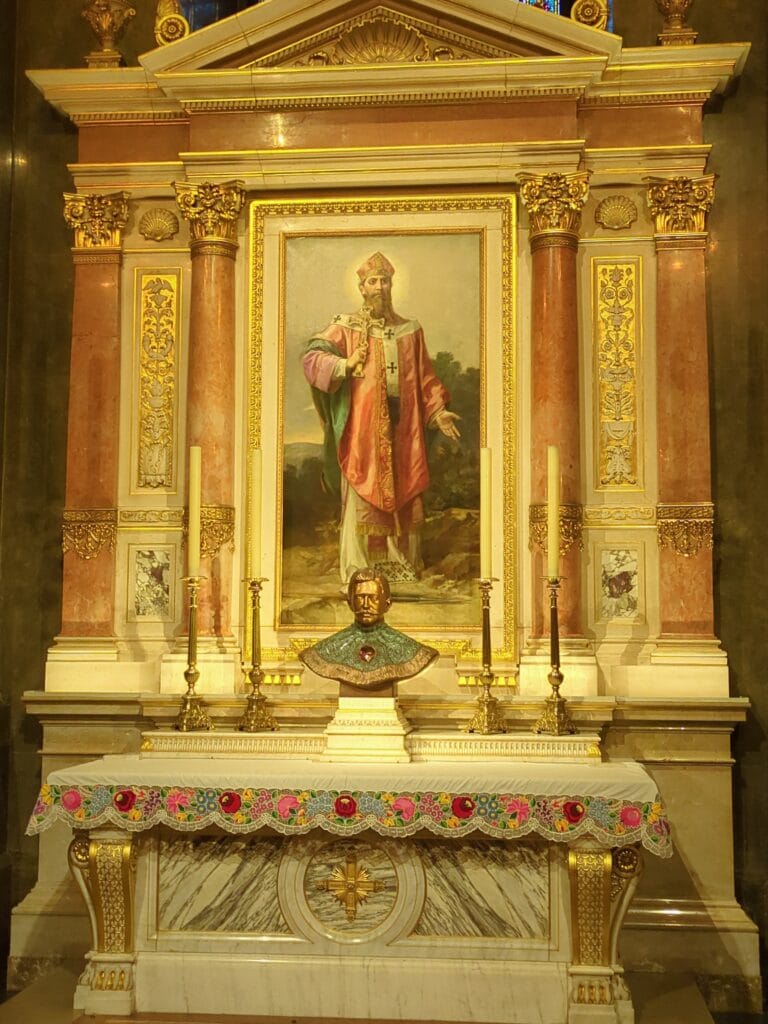
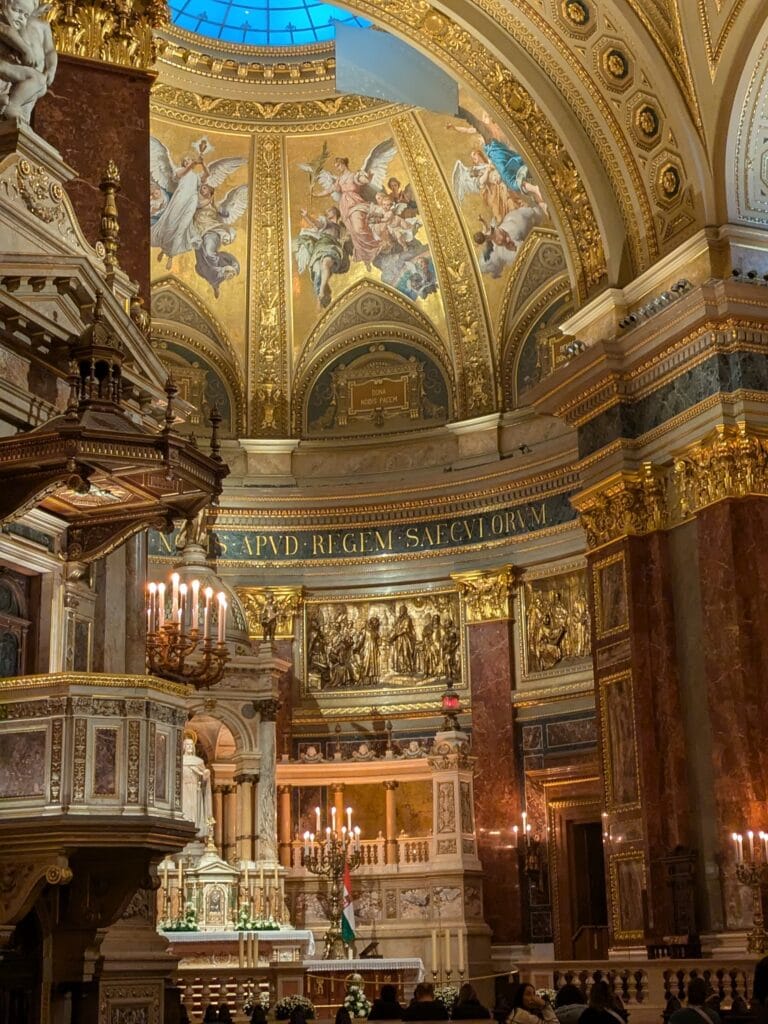
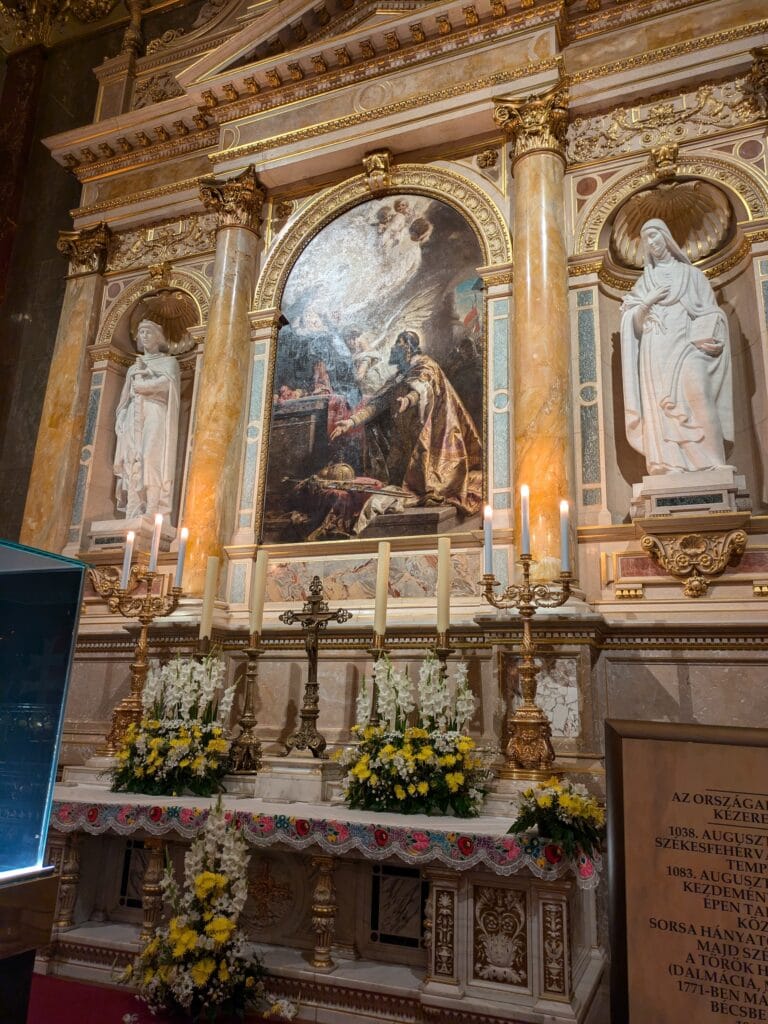

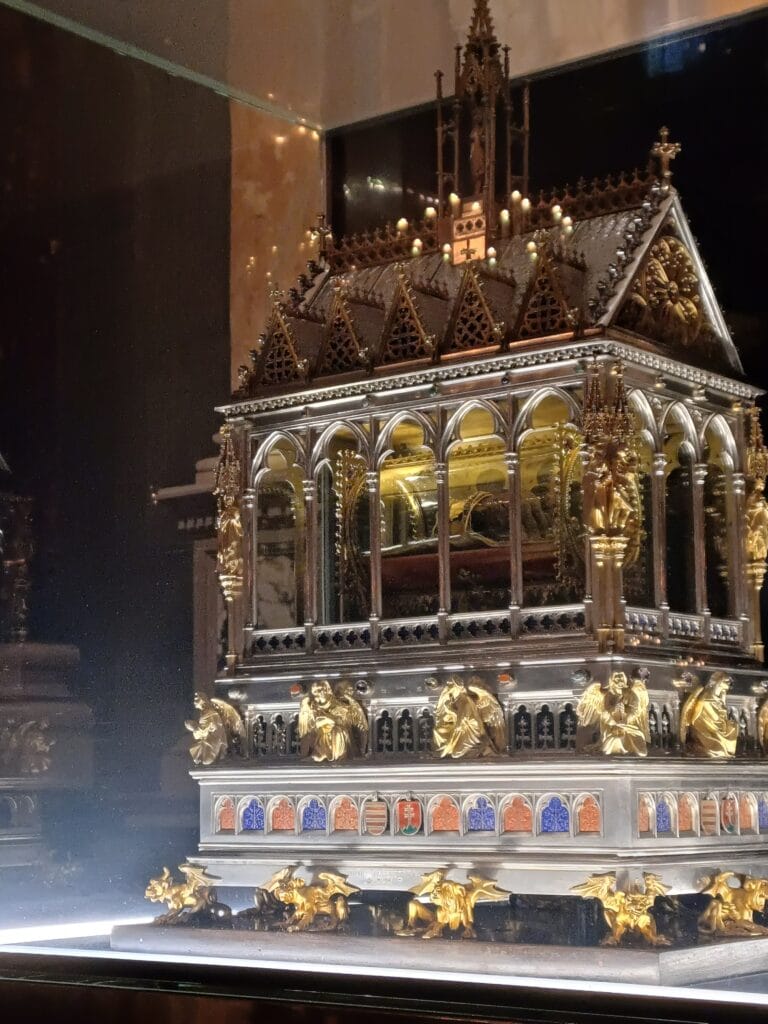
Afterwards, as our stomachs started to protest a bit anyway, we also sampled one of Hungary’s characteristic snacks, the kurtos kalacs (chimney-cake).
We then moved on to the Jewish quarter – which is also Budapest’s entertainment district these days. You’ll find one restaurant next to another bar, with a few more dance venues in between. So that’s where we spent the rest of the evening.
